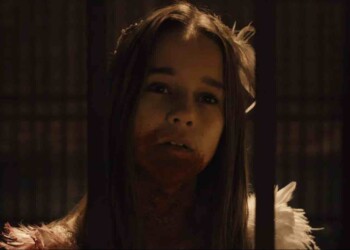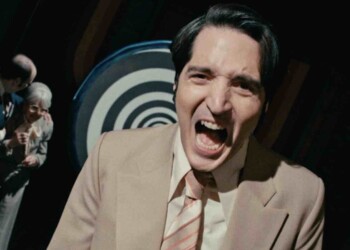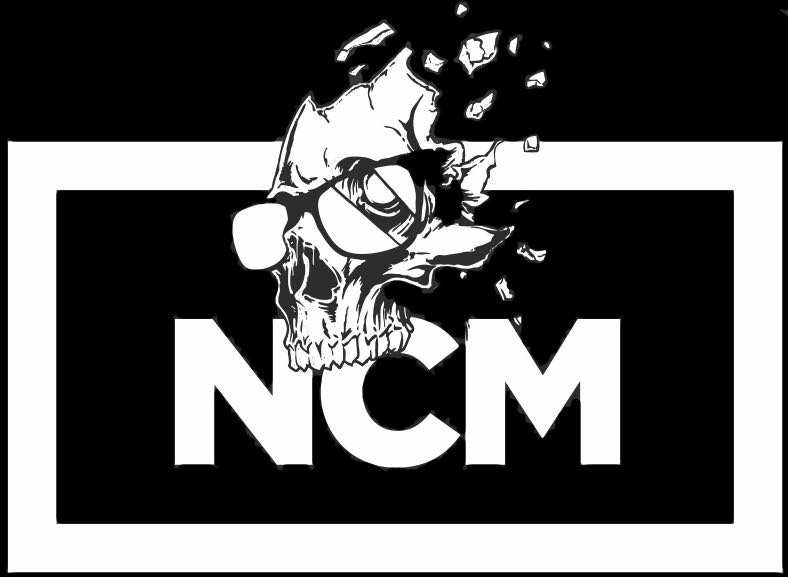Comic book marketing often has the grace of a fat man with two peg legs trying to river dance. Attempts to boil intrigue out of a property are often blatant, full of spoilers, and occasionally insulting to hardened readers of the medium.
So when it was announced that the very real human being Brian Michael Bendis (comic book writing rock star and scribe of books like Ultimate Spiderman, The Avengers, X-men, etcetera, ectcetra to infinity) would be appearing as a character in the very not-real world of Nailbiter, my brain gave a dry heave.
“Great”, I thought. “Another transparent attempt to draw attention to a comic book with a flaccid gimmick.”
The idea irked me worse than most marketing charades do because Nailbiter has been one of my favorite books since it launched back in May and is good enough to not need to pander in such a manner.
Based around the small town of Buckaroo, Oregon, (a town that has been the birth place of sixteen different serial killers) Nailbiter’s world has always been made special by the way it flirts with the fantastic while staying grounded in gritty horror. Adding Bendis to the story seemed to be a perplexing acknowledgement of the fourth wall that cracked the world Nailbiter had been building. Writer Joshua Williamson had worked so hard to build a reality that is close to our own, yet very much not our own. Making Bendis a character within his own medium acts as a reminder that we are reading a silly piece of pulp. It removes our investment and makes us feel fooled.
These were all gripes that I had with the concept in the months leading up to the issue’s release. They were unprofessional assumptions based on my personal hang ups with the industry without any exposure to the final product.
After reading this issue, most of those angsty complaints turned out to be true. Bendis’s existence in the issue does make the reader aware of the fourth wall. It does make the reader cognizant that he/she is just reading a story and that the characters are not real. But it uses those things to execute a subtle dissection of the way we value art and the relationships we build with fictional characters.
In this issue the Bendis character comes to Buckaroo to research a comic he wants to write about the town. I have never met the real Mr. Bendis, but Williamson portrays him as an obsessive, notebook-clutching writer; a man walking around trying to catch the world in a jar and turn it into a story. Bendis wanders Buckaroo interviewing townspeople, trying to get some perspective about the town’s morbid fame.
The issue doesn’t begin its thesis until Bendis happens upon Charles Warren, (aka the Nailbiter) the only Buckaroo serial killer to ever be acquitted.
The two sit on the swings in a park. Warren gushes about how much he loves Bendis’s work, but the conversation turns when Warren, accuses Bendis of being a murderer.
Bendis recoils but Warren follows the accusation with an eloquent argument: As a writer, Bendis has killed characters – characters Warren felt deep connections to.
Warren points out that we, as consumers of fiction, will feel real things for fictional people. We will feel more for someone who is just idea and ink than we will for real people we pass on the street. Because we are connected to characters like Spiderman on such a deep level, and for such a long time, their deaths can feel like real deaths. That weighs on the reader, but Warren points out that it weighs on the writer to. It fills them with guilt. The same guilt a murderer would feel.
This idea is why Williamson used Bendis, a real writer, to posit this notion, rather than just inventing a writer-character to use as a catalyst. Because we know Bendis is a real person and not just another imaginary guy we get to spy on every month, we are more aware of how we distribute our feelings for people verses characters.
Bendis inhabiting both of these roles doesn’t distract the reader like I had initially feared. Instead it empowers the reader. It doesn’t make you aware you are reading make-believe; it shows you that you are making the fiction relevant. You give the narrative purpose by investing in it.
Nailbiter is developing a reputation for being a horror series that wanders into heady places. Terrifying you while asking “Hey, why are you so scared?” Williamson is getting braver with each issue. This idea could have been a hurricane of failure, but Williamson nailed it. He proved me right and made me a fool at the same time. In the process, he also showed himself to be one of the more interesting creators out there.






